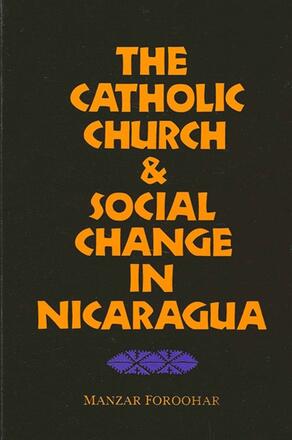
The Catholic Church and Social Change in Nicaragua
Alternative formats available from:
Description
This book presents an in-depth, uniquely historical perspective on Nicaragua, focusing on the key role of the Catholic Church in the political, social, and religious issues that confront this country today. It examines the profound transformation of the Church via the radical approach of liberation theology and the development of the clergy's socio-political alliances in Nicaragua. Foroohar's analysis highlights the complex role of religion in politics and social change in Latin America.
Manzar Foroohar is Professor of History at the California Polytechnic State University, San Luis Obispo.
Reviews
"(This work) provides an historical depth long lacking in the important discussions of the Church-State relations on Nicaragua since 1979. This book reveals the complexity of the issues...and I applaud the author's global vision of her subject. I felt that new insights and understandings rewarded my reading." — E. Bradford Burns, UCLA
"It is the first extensive, thoroughly-researched, comprehensive study in English of the role of the Church in the Nicaraguan revolution. Dr. Foroohar's is a balanced and sympathetic treatment, respectful of the persons and ideas involved in the process. To me, as a student of recent Central American history, it has been fascinating. The present foreign policy of the United States towards Central America can be understood...as a desperate response to precisely the phenomenon which this book examines. It appears (the author) understands both the necessity of revolution and the centrality of religion in human experience...quite rare in writers on the Central American imbroglio." — David Sweet, University of California at Santa Cruz